Need Support?
Please provide your question. We’ll find you with the best support options.
Yes. The thickness of the steel affects the heating time. Only bearings with the same thickness can be heated together. Many outsourcing heat treatment plants save time by heating different thicknesses of steel in the same batch, which can cause uneven heating of the steel, making it less durable. Our own heat treatment plant can clearly control each batch of different sizes and thicknesses of bearings to achieve the best hardness and toughness for the bearings.
The clearance of a bearing is the range of movement between the inner and outer rings of the bearing, as well as the balls or rollers inside it. In high temperature operating environments, a larger clearance is required to ensure smooth operation even after the bearing expands due to heat. The following image shows the codes for clearance from small to large.
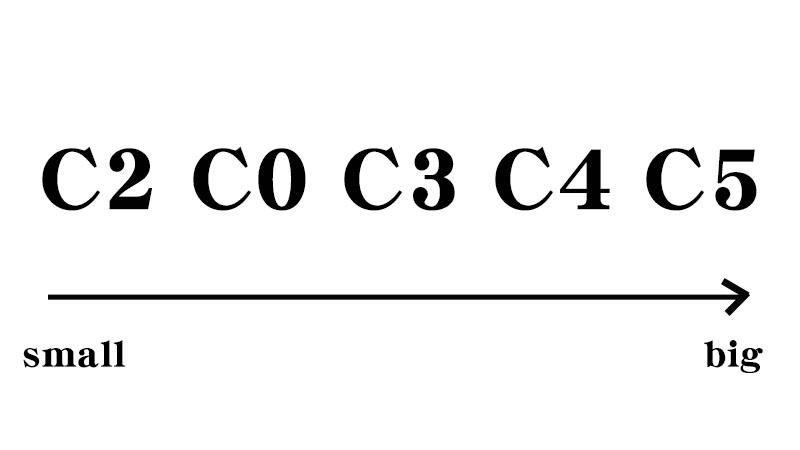
The gap of the office chair's casters would typically fall between C2 and C0, while the generator in a car, due to its exposure to high temperatures, would require a gap of C3. For general conditions and temperatures, using the default gap of standard bearings is sufficient.
Choose a material with zinc or tin coating, and wear gloves during the installation of the bearing. If you touch the bearing directly with your hands, remember to apply anti-rust oil to the bearing after installation. If you want to completely avoid rust, you can also directly choose stainless steel or ceramic bearing material.
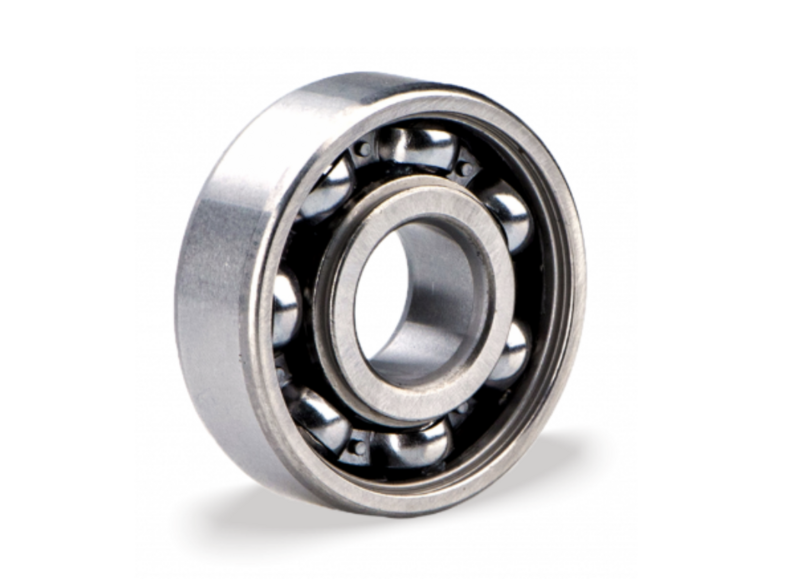
OPEN bearings have no cover and the balls inside the bearing are visible. They are suitable for environments where they are not exposed to air or are installed in an oil environment.

ZZ is a metal cover. If there are no special environmental requirements, ZZ can be used.

Compared to other roller bearings, needle roller bearings have much smaller rollers for a given bore size. They have the highest load capacity in each radial space of any rolling element bearing, but their use is limited to bores smaller than 10 inches.
*Many light-duty bearings never need relubrication, but high loads or high speeds require it.
 Further Reading: The Comprehensive Guide to Needle Roller Bearings
Further Reading: The Comprehensive Guide to Needle Roller Bearings
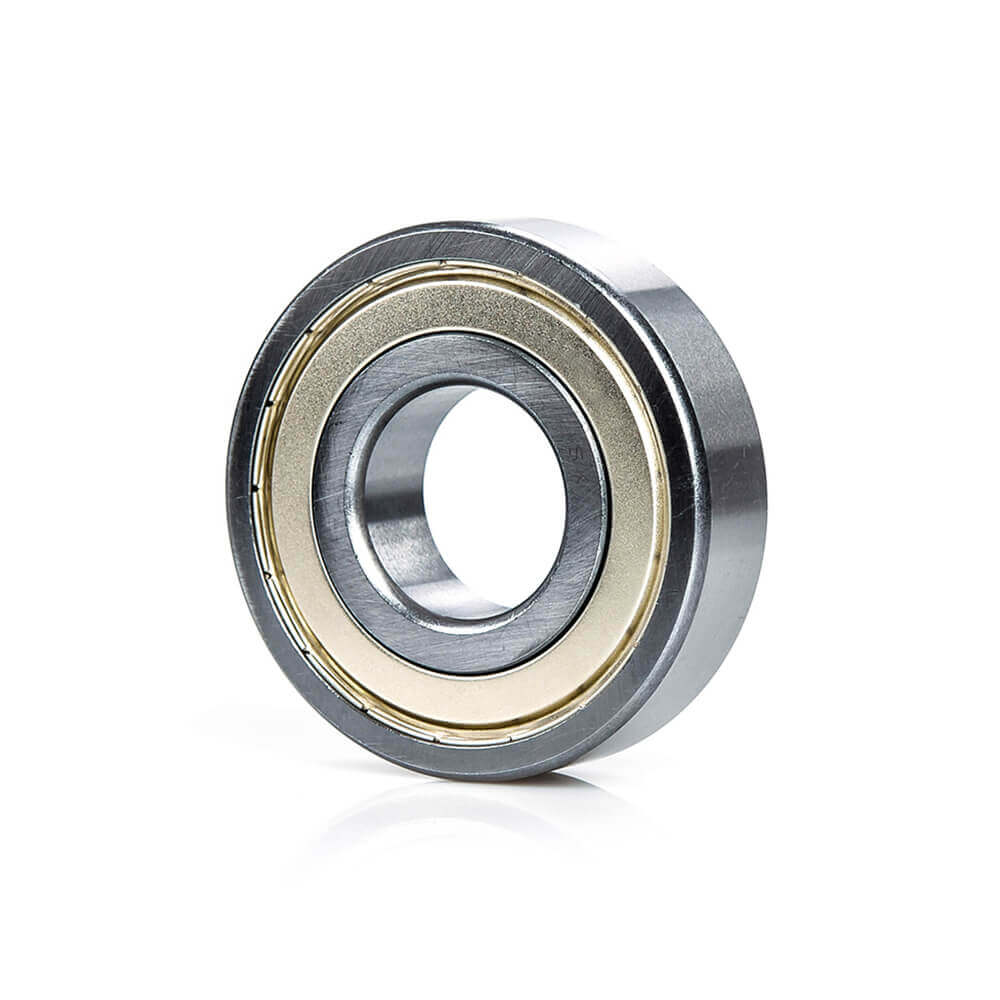
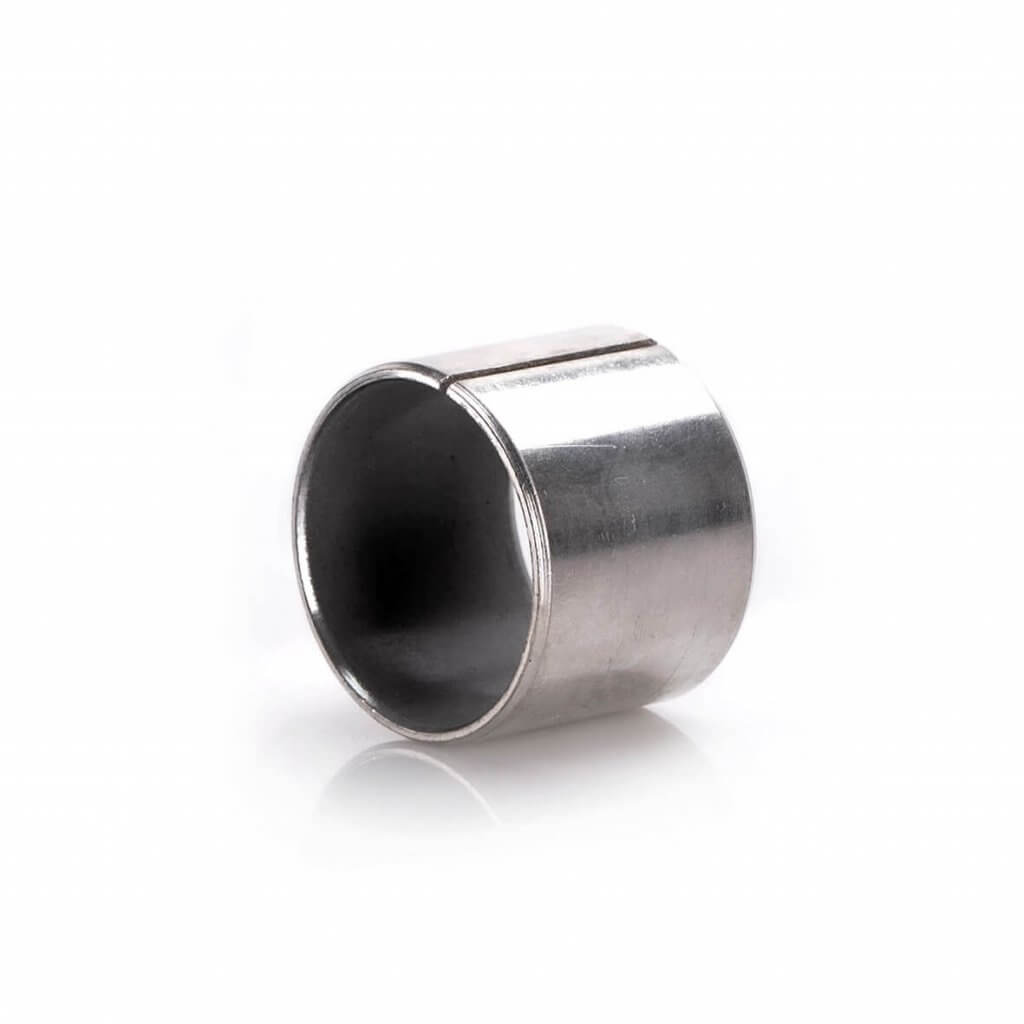
If you want to know the difference between bushing and bearing, you should first understand What the bearings are.
According to the rotational motion and the linear motion, they are mainly divided into Ball Bearings, Needle Roller Bearings, Rod End Bearings, thrust bearings, Bushing Bearings, and Self-aligning roller bearings, etc.
The shape and clearance or interference fit with mating components of each bearing are designed to suit its specific application.
Bearing shapes can vary widely, and features such as flanges, balls, and holes can be customized to improve the overall performance of the application.
Bearings can transmit loads radially or axially (thrust) and in many cases both radial and axial loads.
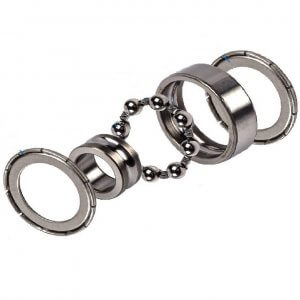
This material has the necessary hardness and purity – both important factors for high load ratings and long lifespan.
 Further Reading: Difference Between Bushing and Bearing: Major Differences
Further Reading: Difference Between Bushing and Bearing: Major Differences
Universal bearings (also known as spherical bearings or ball joint bearings) is a special type of bearing used for connecting two non-concentric shafts. It can compensate for angular misalignment between the shafts while being able to withstand axial loads and lateral forces.
An inner bearing and an outer casing. The inner bearing is usually spherical in shape with a ball-crown structure to accommodate and support the ends of the shafts. The outer casing is a structure with a spherical groove that secures the inner bearing and provides mounting and connection points.
 Further Reading: What are universal bearings(aka spherical bearings), what are their common industrial uses
Further Reading: What are universal bearings(aka spherical bearings), what are their common industrial uses
The basic principle of a bearing involves placing rolling elements, such as balls (Image A), needles (Image B), or rollers (Image C), between the inner and outer rings to facilitate smooth rotation of the shaft. These rolling elements can roll between the inner and outer rings, thereby reducing friction between the contact surfaces and enabling the shaft to rotate smoothly.
The main components of a bearing include the inner ring, outer ring, rolling elements (such as rollers or balls), cage, and seals. The inner ring is the part fixed to the shaft, while the outer ring is mounted in the bearing housing. The rolling elements are typically metal balls or rollers that roll between the inner and outer rings. The cage functions to hold the rolling elements in place, maintaining uniform spacing and proper distribution. Seals are used to protect the bearing from dust, dirt, and other external contaminants, while preventing lubricants from leaking out.
Different types of bearings are suitable for different application scenarios. For example, deep groove ball bearings are commonly used in applications with higher speeds and smaller loads, while tapered roller bearings are suitable for applications with larger loads and lower speeds. Each type of bearing has its own characteristics and advantages to meet the specific requirements of different applications.
 Further Reading: Introduction to Bearings: Basic knowledge
Further Reading: Introduction to Bearings: Basic knowledge
.jpg)
One of the most common types of bearings, with high adaptability and load capacity.
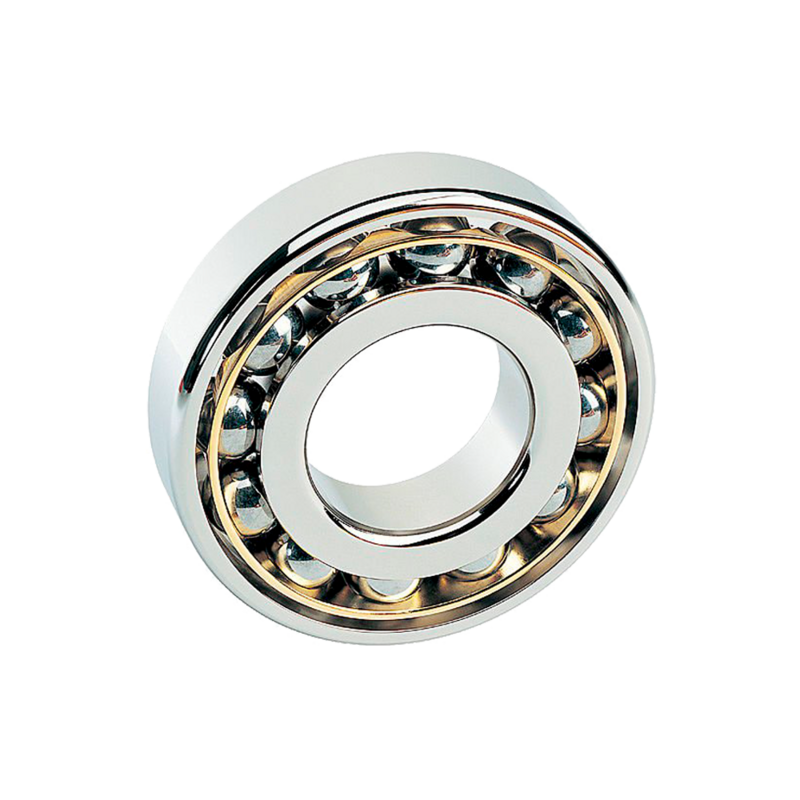
Suitable for applications requiring support for large axial and radial loads.
.jpg)
Often used for applications requiring support for large radial and axial loads.

Capable of handling certain shaft misalignment and axial displacement.
%20%E5%8E%BB%E5%9E%8B%E8%99%9F.png)
Have high load capacity and rigidity, suitable for high-speed and high-precision applications.
 Further Reading: Introduction to Bearing Specifications: Common types, Sizes, Materials, and Application Considerations.
Further Reading: Introduction to Bearing Specifications: Common types, Sizes, Materials, and Application Considerations.
Typically, DU bearings consist of a steel backing, a porous bronze layer, and a polytetrafluoroethylene (PTFE) lining. The steel backing provides structural strength and support to the bearing. The porous bronze layer acts as a solid matrix, helping to retain and distribute the lubricating material evenly. Lastly, the PTFE lining possesses a low-friction surface and self-lubricating properties.
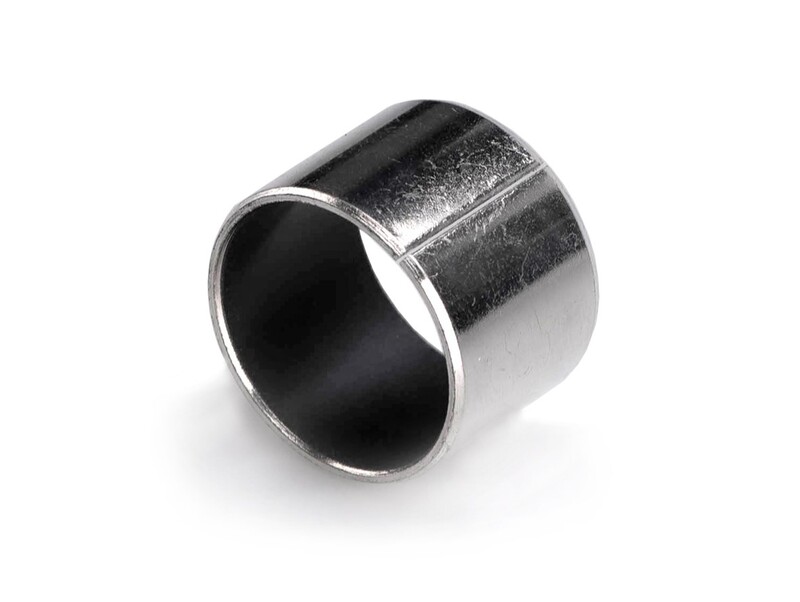
 Further Reading: What is a Bushing?
Further Reading: What is a Bushing?
A bushing bearing is a special type of bearing that can provide lubrication automatically without the need for external lubricants.
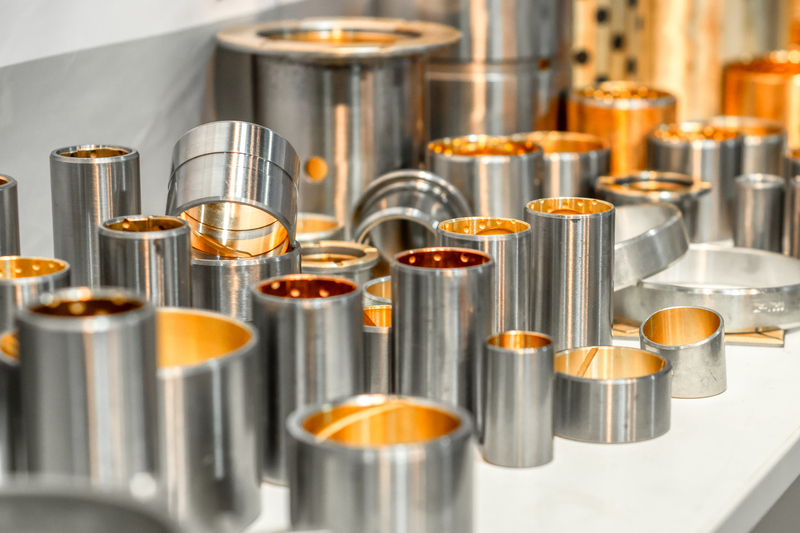
The key to bushing bearings is the inclusion of solid lubricants or coatings within the bearing material. When the shaft comes into contact with the inner surface of the bearing, friction causes the solid lubricant to be released, forming a thin lubricating film. This film helps reduce friction and wear between the shaft and the bearing.
As the bearing starts to operate, the pressure between the shaft and the bearing pushes the solid lubricant to the contact area, ensuring continuous lubrication. If the bearing operates for a long time, the lubricant is continuously released, maintaining the lubricating effect.
The advantage of bushing bearings is that they don't require regular addition of lubricants, making them more convenient and durable. They are commonly used in applications where maintenance is difficult or where frequent lubrication is not feasible.
In summary, the principle of bushing bearings involves incorporating solid lubricants or coatings within the bearing to enable automatic lubrication, reduce friction and wear, and eliminate the need for external lubricants.
 Further Reading: What is a Bushing?
Further Reading: What is a Bushing?
 Further Reading: Difference Between Bushing and Bearing: Major Differences
Further Reading: Difference Between Bushing and Bearing: Major Differences
Please provide your question. We’ll find you with the best support options.
